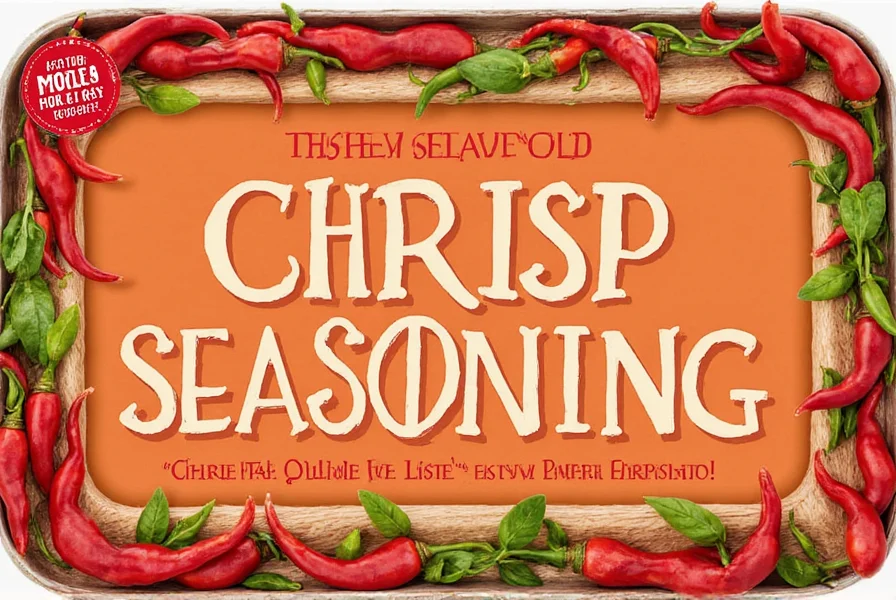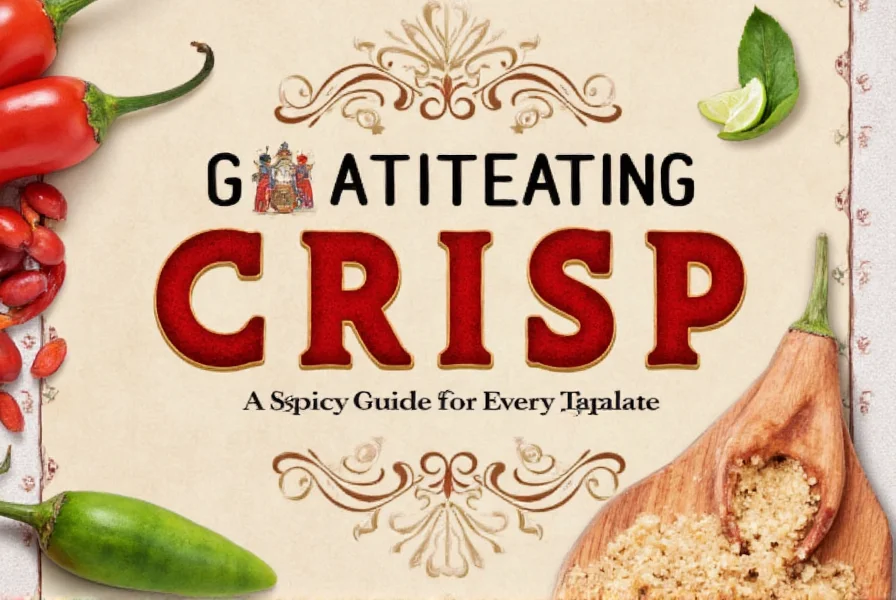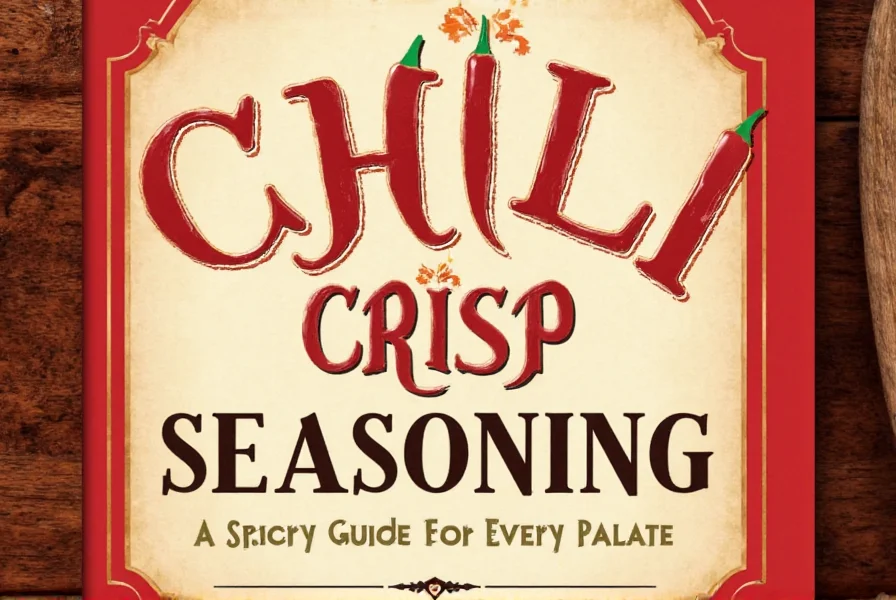Table of Contents
What is Chili Crisp Seasoning?
Chili crisp seasoning is a versatile Chinese condiment made from fried chili peppers, crispy garlic, shallots, and sesame seeds suspended in oil. Unlike chili oil, it contains solid ingredients that provide texture and layered flavor. This guide shows exactly how to use it, what to look for when buying, and how to store it properly.

5 Best Ways to Use Chili Crisp Seasoning
Chili crisp transforms ordinary meals in seconds. Here are the most effective ways to use it:
1. Noodle and Rice Enhancer
Add 1-2 teaspoons to hot noodles or rice. Toss thoroughly to coat evenly. Works perfectly with ramen, pho, or fried rice. The crispy bits add texture while the oil infuses flavor.
2. Stir-Fry Booster
Stir 1 tablespoon into your stir-fry during the last minute of cooking. It complements vegetables, tofu, chicken, or beef without overpowering other ingredients.
3. Dipping Sauce Base
Mix 1 part chili crisp with 2 parts soy sauce and 1 teaspoon rice vinegar for an instant dumpling dipping sauce. For creamier texture, add 1 tablespoon of mayonnaise or yogurt.
4. Egg and Breakfast Upgrade
Top scrambled eggs, omelets, or avocado toast with a spoonful of chili crisp. The heat and crunch elevate simple breakfasts in seconds.
5. Salad and Soup Accent
Drizzle over cold noodle salads or hot soups like miso or ramen. Use sparingly (1/2 teaspoon) as a finishing touch to add complexity without making dishes too spicy.

How to Choose the Best Chili Crisp
Not all chili crisp is equal. Look for these key qualities:
| Feature | What to Look For | Why It Matters |
|---|---|---|
| Texture | Visible crispy bits (garlic, shallots, nuts) | True chili crisp contains solid ingredients for texture. Oil-only products are chili oil, not crisp. |
| Heat Level | Clear labeling (mild/medium/hot) | Some brands are excessively spicy. Choose based on your tolerance. |
| Ingredients | Simple list: chili peppers, oil, garlic, salt, sesame seeds | Avoid products with artificial flavors, MSG, or excessive preservatives. |
| Oil Type | Sesame or peanut oil base | These oils enhance flavor without overpowering. Avoid low-quality vegetable oils. |
Top 3 Recommended Brands
- Lao Gan Ma Spicy Chili Crisp - Classic Chinese brand with balanced heat and crispy shallots. Best for beginners.
- Chun's Chili Crisp - Rich garlic flavor with toasted sesame seeds. Ideal for stir-fries and sauces.
- Xi'an Style Chili Crisp - Smoky and nutty with Sichuan peppercorns. Perfect for adventurous eaters.
Proper Storage Tips
Chili crisp lasts 3-6 months after opening when stored correctly:
- Refrigerate after opening - Slows oil oxidation and preserves freshness
- Use clean utensils - Prevents contamination that causes spoilage
- Keep away from light - Store in dark cabinet or opaque container
- Check for changes - Discard if oil separates excessively or develops off-odors

Frequently Asked Questions
What's the difference between chili crisp and chili oil?
Chili crisp contains solid ingredients like fried garlic, shallots, and chili flakes suspended in oil, providing texture and layered flavor. Chili oil is simply oil infused with chili peppers and lacks the crunchy elements. Chili crisp delivers both heat and texture in every bite.
How long does chili crisp last once opened?
When refrigerated and stored properly, most chili crisp lasts 3-6 months. The oil acts as a natural preservative. If the oil solidifies in the fridge, simply let it return to room temperature before use. Discard if it develops mold or sour smell.
Can I make chili crisp less spicy?
Yes! Add dairy products (yogurt, sour cream, cheese) to neutralize heat. For sauces, mix with neutral oils or sweeteners like honey. For dishes, dilute with more base ingredients (rice, noodles, vegetables). Avoid water as it spreads the heat.
Is chili crisp gluten-free?
Most traditional chili crisp is gluten-free since it contains only chili peppers, oil, garlic, and sesame seeds. However, some brands add soy sauce (which contains wheat). Always check labels for "gluten-free" certification or look for tamari-based versions.
What are the health benefits of chili crisp?
Chili peppers contain capsaicin which may boost metabolism and reduce inflammation. Garlic provides antioxidants and immune support. However, chili crisp is high in sodium and fat, so use it in moderation (1-2 teaspoons per serving) as a flavor enhancer, not a primary ingredient.












 浙公网安备
33010002000092号
浙公网安备
33010002000092号 浙B2-20120091-4
浙B2-20120091-4